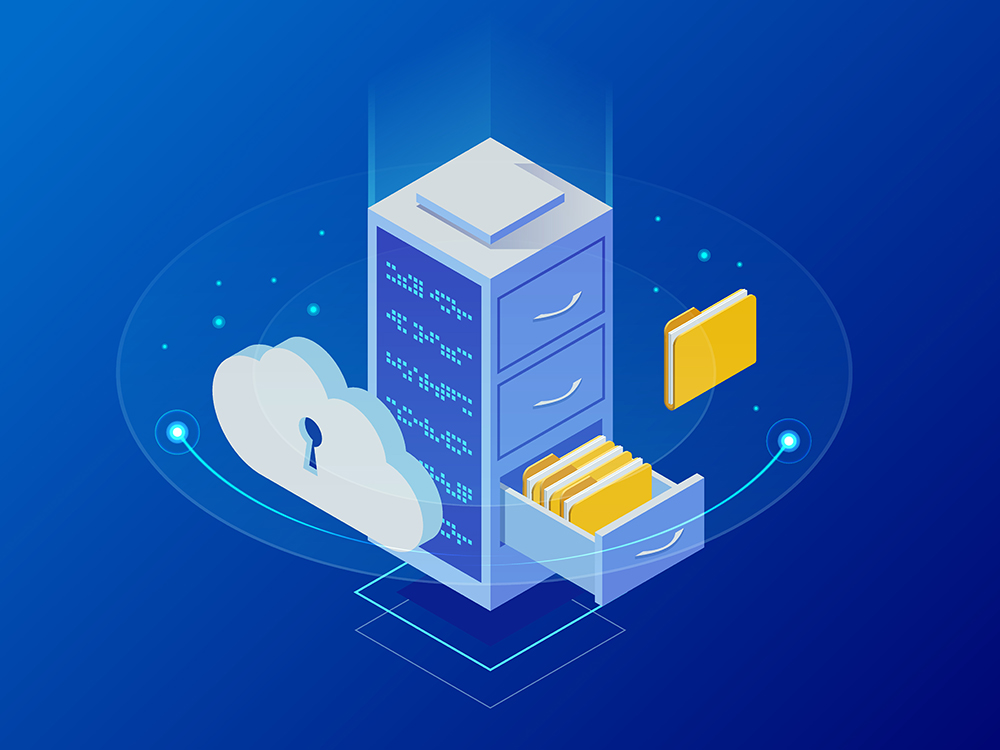Backup and Disaster Recovery Plans: The Unsung Heroes of Business
Businesses should be making backup and disaster recovery a priority from the start because it is one of the most efficient ways to ensure your business does not suffer major data loss, unexpected and costly downtime or lower your chances at surviving a major disaster. While backup and disaster are a great team, they are separate processes.
Backup is the process of making copies of files and important data and having those back ups in a secure location i.e the cloud. Disaster recovery is a goal-oriented plan that outlines the processes and strategies on how to respond and resolve unplanned disasters. Three standard measures of disaster recovery typically include:
- Prevention Measures – preventing a potential incident from occurring
- Detective Measures – used to detect or discover any disruption
- Correction Measures – steps needed to correct and restore data and any affected software or systems
There are a variety of natural and man-made disasters that could potentially happen to businesses. These disasters can include cyber attacks, sabotage, power outages, equipment failure, epidemics/pandemics, terrorist attacks/threats, industrial accidents, hurricanes, tornadoes, earthquakes, floods, fires, construction, transportation issues, on-site danger, and accidents at or surrounding the workplace.
More than 70% of businesses are reported to not have disaster plans in place, meaning these businesses are at risk of substantial data loss, prolonged business interruption, potential customer loss, costly spending to reestablish access and in the worst case scenario, businesses must close their doors. Check out these statistics gathered by webinarcare to put in perspective how damaging it can be to skip disaster recovery planning:
- 93% of companies without DR who have suffered a major data disaster are out of business within one year
- More than 50% of businesses currently do not have the budget to recover from the attack
- 40-60% of small companies do not survive a major disaster
- Human error is the number one cause of security and data breaches, responsible for 52% of incidents
- 70% of businesses admitted that a single loss in data could have a significant and costly impact on the business
- 22% of downtime from events are caused by human error while on 5% is caused by natural disasters
- More than 50% of companies experienced a downtime event in the past five years that longer than a full workday
Now that we have emphasized the importance, let us talk about what goes into a proper disaster recovery plan. When creating a suitable DRP for your business, there are five key aspects to consider to help your business bounce back and survive a disaster regardless of severity. These five aspects include:
- Recovery Time Objective (RTO) which is the amount of time it takes to recover to normal, daily business operations after an outage. When setting your RTO, you need to consider how much time you are willing to lose and how this loss of time will potentially impact your bottom line.
- Recovery Point Objection (RPO) which refers to the amount of data you can afford to lose in a disaster but having a backup of the data in the cloud or somewhere else off-premises, it will not result in any data loss.
- Failover which refers to the recovery process of automatically offloading tasks to backup systems. Typically, businesses want this transition as smooth as possible to help limit downtime and cost.
- Failback which refers to the recovery process of switching back to the original systems once the outage has passed.
- Restore, which is commonly considered to be more part of backup than recovery, refers to the process of transferring backup data into your primary system.

Backup and disaster recovery plans and processes will always be based off the business’s needs and available resources but the the very least a disaster recovery plan needs to include analyzing all potential threats, identifying vulnerabilities through risk assessments, determining immediate action plans depending on scenario, establishing plans for actions based on established scenarios, developing long-term action plans, regularly testing/updating the software and systems and revisiting and updating the actual disaster recovery plan in case your business is experience new growth, relocation, introducing new systems or employees.
No matter how your backup and disaster recovery plans are created and implemented, it is important that the basis of them is focused on getting your business back on track with minimal data loss, downtime, and cost. Sometimes disasters are unpreventable, even man-made ones. Having a plan to address and move forward from them is the key difference between a thriving business and closed one.


